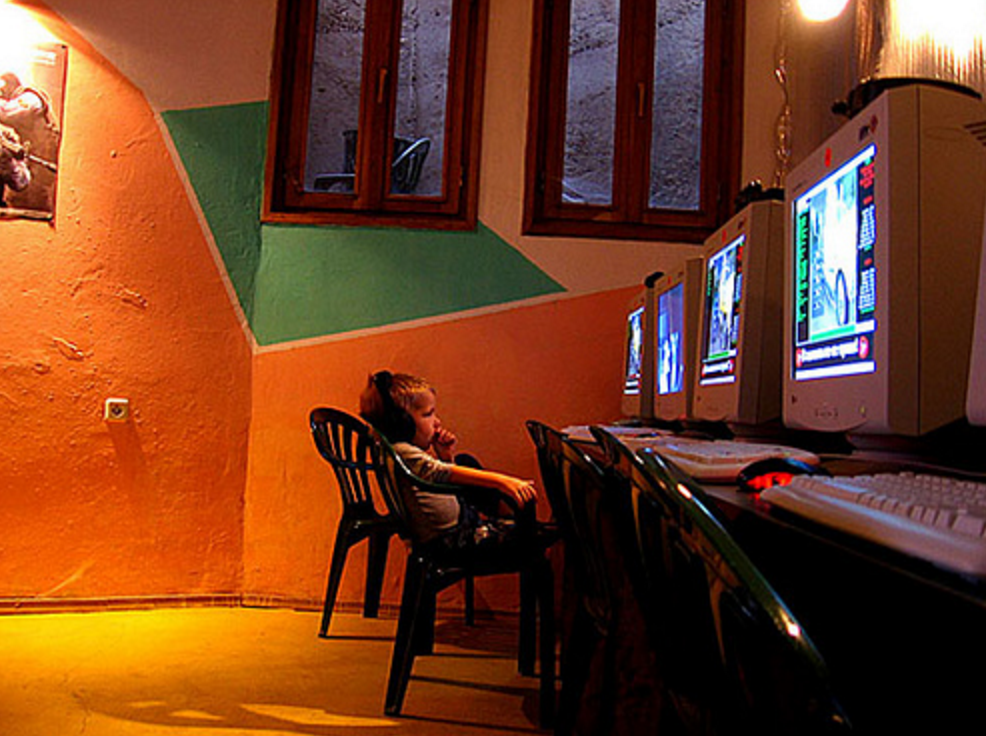
The beginning of each year is filled with technology forecasts, and for the past several years we have been shoveled quite a lot of projections about the Internet of Things, or “IoT” for short.
For all the hyper-hype, I can scarcely imagine a less impactful trend. There might be rivers of data converging somewhere in the world I suppose, but in terms of its much-trumpeted impact on the way I do business … yawn. Nothing yet.
But maybe … just maybe … this is the year. You see, the perfect storm is brewing that can make this a real thing with practical applications, but perhaps the most profound innovations won’t be coming from big companies. The secrets of the IoT just might be unlocked by our kids.
Why the IoT is ready to happen
Let’s set the table. Why is IoT finally ready to take off?
First, both the cost and physical size of sensor technology have dropped a lot in the past 18 months, so it is more practical to acquire them and embed them in everyday items.
Finally, these first two enablers are being put into the hands of innovative people who know how to use new analytics tools to actually making things happen.
If everything is ready to go, why are so few companies pushing hard to make this work in the visionary ways we have been dreaming about? Because they’re companies …
- Corporate politics and legal considerations may stall applications over ownership of data and ideas. If you distill new intellectual property out of publicly-available data … how do you handle that?
- Security. This is a big one. The more we depend on stuff humming through wireless connections, the more vulnerable we become to hacking and theft. I don’t want people hacking my fridge … let alone sensors in my body! When something as seemingly harmless as a Barbie doll can be hacked to spy on kids, are you ready to bet your company on this technology? Serious issues such as data privacy, risk of breaches and lawsuits, purposeful or accidental deletion, and loss of reputation all become amplified in this environment.
- Organizational readiness. When sensors can control your house, your car, and even your health to a greater extent, how much are we willing to trust that? Let’s put it this way … When was the last time you experienced a problem with the Internet or an Internet connection? Probably today. Do you really want to re-boot your house or car every day to make it work? Do you want to re-boot your company?
- Lack of standards. The industry is still lacking standards on how to govern these sensors. Common standards are still elusive for data formats, software platforms, wireless transmission protocols, and security. For a large organization there is also the issue of how to take this IoT information and actually bring it into the enterprise IT infrastructure in a user-friendly way.
- Skills. The Internet of Things will take new resources and organizations that are run by data scientists. But organizations are notoriously slow to change and most don’t employ data scientists. Those that do are certainly ahead of the game, but what will really make the benefit of IoT real is when this massive amount of data can be brought into the organization in a more automated fashion, crunched in a more automated way with less human intervention, and actually embedded in processes in real time, rather than buried in reports.
All of these problems sound so familiar. You know why? Because I lived through it once already at the dawn of the computer age … and so did you. Companies faced all of these same problems at the dawn of the computer age 30 years ago. And you know who moved us into the digital age?
Kids.
… Or at least college students unencumbered by these legacy rules, legal considerations, and accountants looking for the ROI of every decision. Who led the computer revolution?
- Bill Gates developed his first computer program with his buddy Paul Allen at the age of 15.
- Michael Dell founded his computer company in his college dorm room.
- Mark Zuckerberg created his first version of Facebook at 20 and was the world’s youngest billionaire by the age of 23.
While big companies are still figuring out the IoT, young people are moving the world ahead …
- In the middle of California’s record drought, a small-scale high school science projectshowed how precision monitoring and irrigation could achieve a 50 percent water savings using moisture sensors, cloud-based data collection and robotics watering systems.
- At the SXSW conference last year, I saw a demonstration of how young volunteers set up a sensor system on the New York City sewage system to warn people when a system overload increased the chance that sewage could be dumped into the river. Red lights in each household warned people not to flush!
- In another example, children in New York City were give a sensor that plugged into a smart phone to collect air quality data wherever they were. With this data, researchers found “micro-climates”in the city where air pollution varied wildly, prompting new environmental strategies.
As the cost of sensors go down and availability goes up, I can see kids building their own little data networks as easily as snapping together Lego pieces. Data will be the new coding, the new cool.
And what do we do with all that data? Researchers at companies like Wolfram Alpha are coming up with simple tools that anybody can use to make discoveries by crunching huge datasets. Won’t it be fun to see what happens when manipulating data is so easy that kids in high school and even junior high will be able to do it on their smartphones.
The next generation will view every device and every person as a data source and big data as their playground. Who knows where these many profound little innovations will lead us? A new Silicon Valley built on data comes into view!
Perhaps the Michael Dell of data is sitting in a high school classroom near you now.
This post was originally written as part of the Dell Insight Partners program, which provides news and analysis about the evolving world of tech. For more on these topics, visit Dell’s thought leadership site PowerMore. Dell sponsored this article, but the opinions are my own and don’t necessarily represent Dell’s positions or strategies.
Illustration courtesy of Flickr CC and Uros Velickovic


